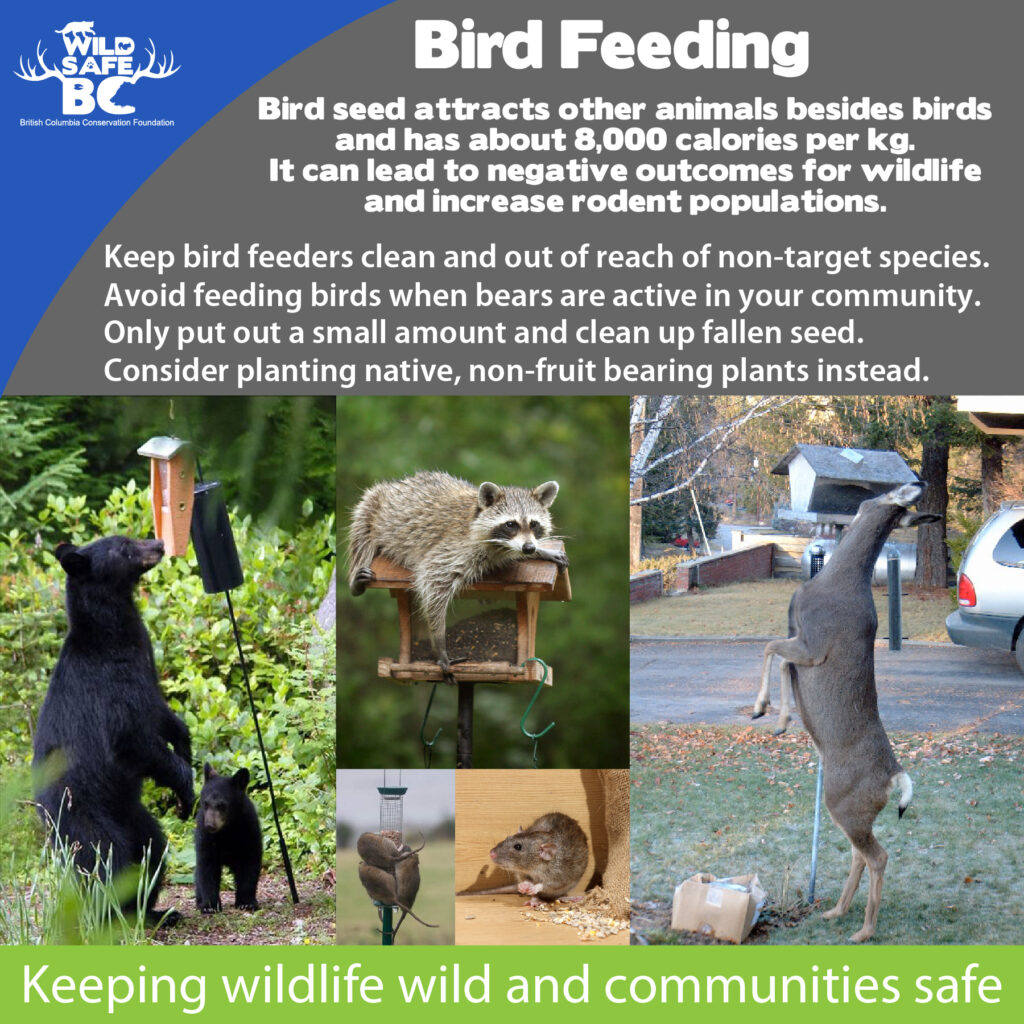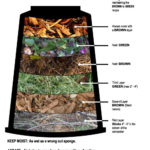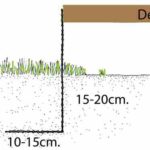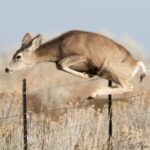A WildSafe Yard
How we manage our living space has a great deal of influence on the amount of human-wildlife conflict we experience. We recommend a yearly self-audit of your outdoor living space and consider the following actions.
Manage Potential Food Sources
- Do not store garbage outdoors; if you do not have a space indoors, consider using certified bear-resistant containers and securing them to something solid
- Pick up fallen fruit; after checking local bylaws consider electric fencing to protect your tree and prevent bears from accessing the fruit
- Remove bird feeders or hang them so that they are inaccessible to bears and other non-target species; do not let seed accumulate on the ground which will attract rodents, rats and other species; feed small amounts at a time and keep feeders clean; bears are also attracted to hummingbird feeders
- Do not feed pets outdoors; if you must, only provide what they will consume immediately and bring the dishes inside
- Keep your barbecue clean; burn off any food residue and give the grill a thorough scrub after each use; empty the grease catcher after each use
Remove Cover and Access
- Trim trees and shrubs so as to remove branches that could provide ground cover
- Design your yard with clear sight lines (don't have trees or shrubs that create blind-spots that allow wildlife to hide)
- Avoid planting trees that produce fruit or nuts in bear country
- Remove or limb trees that are adjacent to your home so as to prevent access points for arboreal animals such as raccoons, rats or squirrels

Manage Your Compost
Compost is a strong attractant for all types of animals from rats to bears. Ideally, when living in wildlife country, use a bear-resistant composter. These can also exclude many other types of animals. If this is not possible, make sure to keep your compost well-maintained with the following best practices:
a bear-resistant composter. These can also exclude many other types of animals. If this is not possible, make sure to keep your compost well-maintained with the following best practices:
- Use equal amounts of brown and green matter when adding to your compost
- Turn the compost regularly, all the way to the bottom to avoid rats from nesting
- Line the bottom of the compost with wire mesh to prevent rodents from digging into from the bottom
- Use lime to help reduce the acidity and odour
- Freeze abundant collections of fruit and add slowly to the compost
- Do not throw food scraps without burying them in the compost
- Never add meat, dairy, bones or grease
Blocking off Access Points
Small animals may seek shelter under decks, porches or even inside homes.
- Block all openings that are greater than 6 mm to exclude mice and rats with durable materials.

- Use 6 mm (1/4”) wire mesh for vents where air flow is required.
- Repair cracks in foundations or footings.
- Remove unnecessary wood piles, heavy brush, unused sheds or equipment.
- Keep the perimeter of your building clear of stored lumber or plantings.
- Store lumber and firewood on stands 30 to 45 cm off the ground.
- Prune overhead branches that may provide access to your balcony, roof and/or attic.
- Build sheds on concrete foundations.
- Do not store old cars or furniture outside.
- Use metal sheeting or heavy gauge mesh wire of small enough dimension to exclude your target species
- If excluding wildlife from under decks or sheds be sure to bury the mesh or metal sheeting and have it angle back outwards.
- If excluding wildlife from attics be sure to provide sufficient overlap of the mesh that is in turn covered (with boards or metal sheeting) to prevent wildlife from gnawing underneath the cove.
Before Blocking Off Access
- Ensure no animals are inside an area you are about to close off
- Use caution when animals are breeding and raising young
Fencing to Exclude Wildlife
Solid fencing (such as wood panel fences) help deter deer as they usually will not jump a fence unless they can see where they will land. Use electric fencing to protect backyard chickens, bees, or fruit trees. Learn more about how to install electric fencing.
Safer Fencing for Deer
While fencing can be used to exclude wildlife from your yard, or to keep pets in, ensure that it is installed in a safe manner. Fencing that is installed with sharp pickets or finials can impale and seriously injure or kill deer. Deer draw their legs under their bodies as they leap a fence. If one, or both, of their hind legs fail to clear the top rail of a fence, they may become entangled. Learn more through our guide Safer Fences for Deer.



